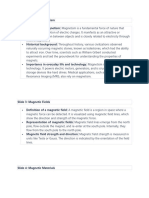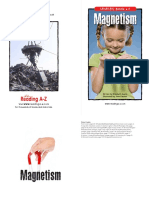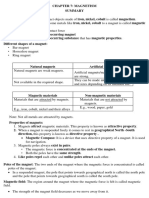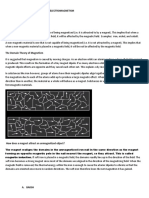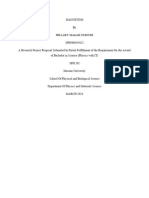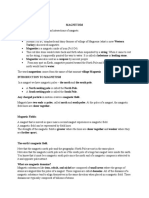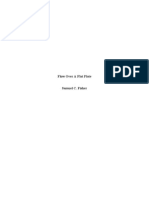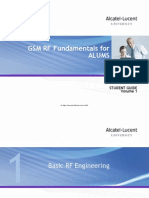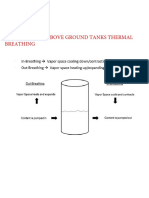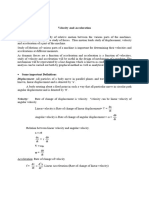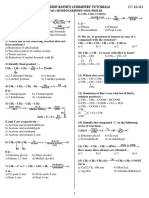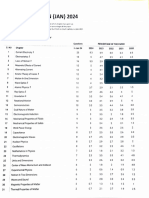0% found this document useful (0 votes)
23 views8 pagesPhysics Project File
This document is a Physics project file on Magnetism for Class 12, detailing various aspects of magnetism including its history, types, properties, and applications. It includes sections such as an introduction, experiments, and a bibliography, along with diagrams and illustrations. The project aims to fulfill the requirements for the CBSE Board Examination 2025.
Uploaded by
Nishant TomarCopyright
© © All Rights Reserved
We take content rights seriously. If you suspect this is your content, claim it here.
Available Formats
Download as PDF, TXT or read online on Scribd
0% found this document useful (0 votes)
23 views8 pagesPhysics Project File
This document is a Physics project file on Magnetism for Class 12, detailing various aspects of magnetism including its history, types, properties, and applications. It includes sections such as an introduction, experiments, and a bibliography, along with diagrams and illustrations. The project aims to fulfill the requirements for the CBSE Board Examination 2025.
Uploaded by
Nishant TomarCopyright
© © All Rights Reserved
We take content rights seriously. If you suspect this is your content, claim it here.
Available Formats
Download as PDF, TXT or read online on Scribd
/ 8




